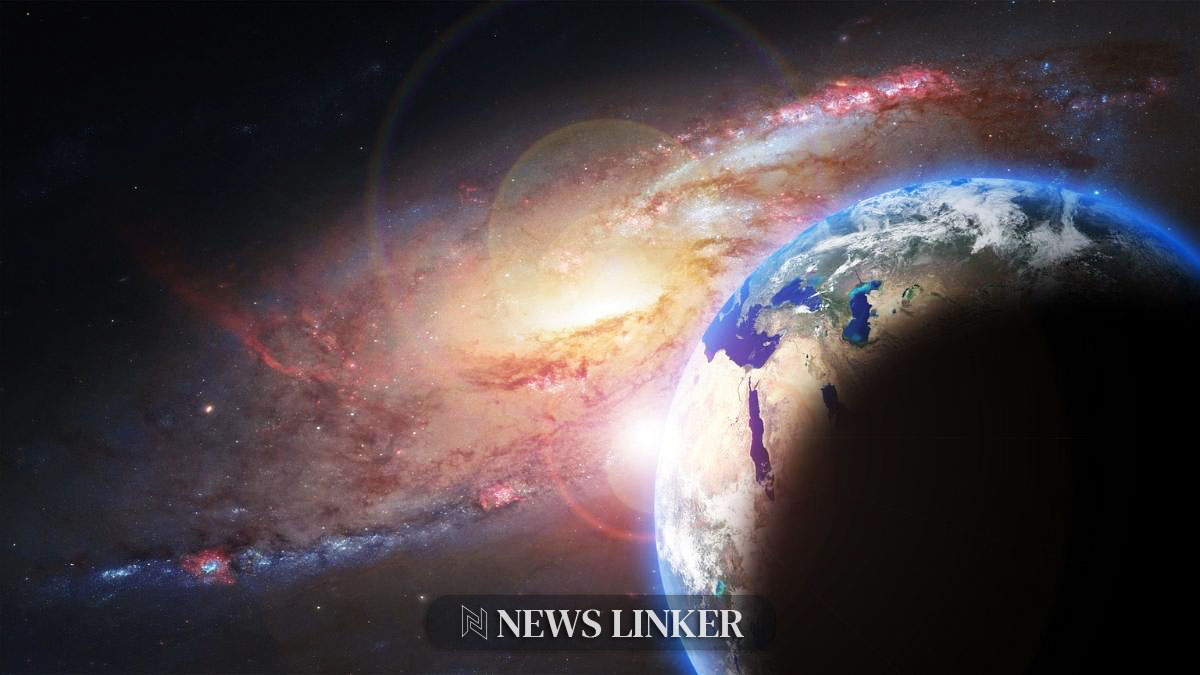In an extraordinary celestial snapshot, the Hubble Space Telescope presents the irregular galaxy UGC 5829, aptly nicknamed the Spider Galaxy, located some 30 million light-years away from Earth. The galaxy, with its sprawling arms reminiscent of arachnid limbs, is a focus of two Hubble observing programs. These programs aim to examine the composition of stars within various galaxies and to understand star formation within dwarf galaxies through Hubble’s Advanced Camera for Surveys and Wide Field Camera 3, respectively.
The Spider Galaxy: A Closer Look
The first Hubble observing program concentrated on the color versus brightness diagrams of stars in relatively close galaxies. The observation of each galaxy, despite being brief and taking only one Hubble orbit – approximately 95 minutes – has provided a rich archival record. The second program placed its emphasis on Hubble’s ultraviolet capabilities and fine-detail resolution to better comprehend the star-forming environments within dwarf galaxies. As a result, the Spider Galaxy’s star clusters and their surrounding bright-pink nebulae have come into the limelight, showcasing areas where new stars are springing to life.
Previous Observations and Research
There has been a consistent interest in galaxies resembling UGC 5829, with researchers and telescopes over the years aiming to decode the mysteries of such irregular formations. Earlier findings from various telescopes around the world have contributed to understanding the dynamic processes that shape irregular galaxies and their star-forming regions. These studies, examining the interstellar medium and the influence of gravitational interactions, have offered insights into the lifecycle of galaxies similar to the Spider Galaxy, paving the way for Hubble’s latest observations.
Expanding on the topic, a recent study published in ‘The Astronomical Journal’ titled “The Luminosity Function of Star Clusters in Spiral Galaxies” delves into the luminosity and distribution of star clusters in spiral galaxies, which can be synonymous with the star-forming regions seen in the Spider Galaxy. Additionally, ‘The Astrophysical Journal’ featured an article “Star Formation in Dwarf Galaxies: Digging Deeper with Hubble,” focusing on the role of dwarf galaxies as fertile grounds for new stars, mirroring the second Hubble observing program’s objective.
Understanding Star Formation in Dwarf Galaxies
The insights gained from Hubble’s exploration of the Spider Galaxy contribute significantly to the broader understanding of star formation, particularly within dwarf galaxies. These findings will not only enrich the existing scientific literature but also aid astronomers in predicting the behavior of similar celestial bodies.
Useful Points
– Hubble’s cameras allow detailed observation of galaxy structures
– Star-forming regions in dwarf galaxies are crucial for understanding galactic evolution
– Irregular galaxies like the Spider Galaxy offer insight into the universe’s diversity
I find it remarkable how each celestial body, like the Spider Galaxy, bears witness to the complex processes shaping our universe. The Hubble Space Telescope‘s recent observation provides us with not just stunning visuals but invaluable data on the intricacies of star formation within dwarf galaxies. These efforts contribute to a larger tapestry of astronomical knowledge, allowing us, bit by bit, to unravel the cosmic puzzles of our vast universe. For enthusiasts and professionals alike, the detailed examination of such galaxies enhances our comprehension of the universe’s diversity and the ongoing celestial symphony of creation and transformation.










